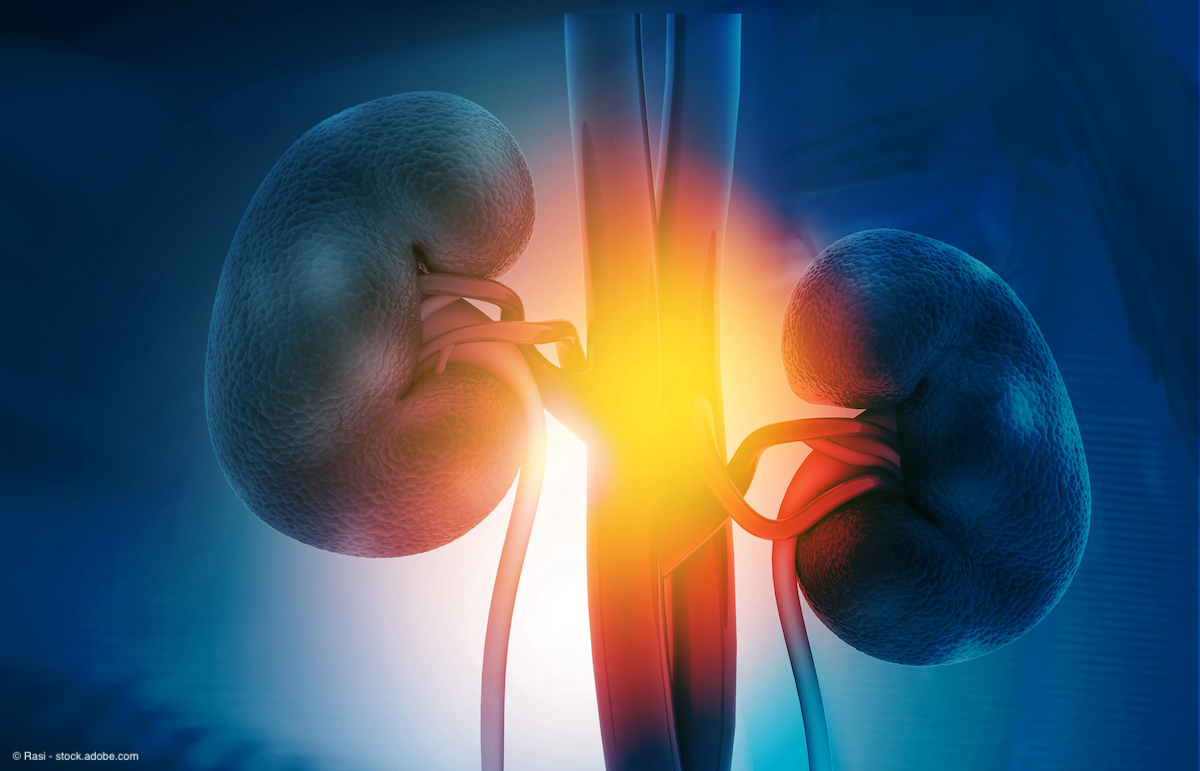News
Article
Pembrolizumab plus axitinib shows extended benefit over sunitinib in renal cell carcinoma
Author(s):
Due to rigorous data collection, there has been very little dropout and 3-year OS and PFS compare favorably to alternate regimens such as ipilimumab nivolumab,” says Elizabeth R. Plimack, MD, MS,
Final prespecified long-term follow-up results from the phase 3 KEYNOTE-426 trial published in European Urology show superior benefit with pembrolizumab (Keytruda) plus axitinib (Inlyta) over sunitinib (Sutent) and support the combination as first-line standard of care for the treatment of patients with metastatic renal cell carcinoma.1
Data showed a 36-month OS rate of 63% in patients who received pembrolizumab plus axitinib, compared with 54% among patients who received sunitinib.

“KEYNOTE-426 is a randomized trial of pembrolizumab plus axitinib in metastatic renal cell carcinoma in the first-line setting. The combination met all pre-specified end points previously and is now a standard of care. This update of KEYNOTE-426 describes results with a minimum of 36 months’ follow-up. Due to rigorous data collection, there has been very little dropout and 3-year [overall survival] OS and [progression-free survival] PFS compare favorably to alternate regimens such as ipilimumab nivolumab,” said lead author Elizabeth R. Plimack, MD, MS, in correspondence with Urology Times®. Plimack is the deputy director and a professor of medical oncology at Fox Chase Cancer Center in Philadelphia, Pennsylvania.
Patients included in the open-label study were randomly assigned to receive pembrolizumab at 200 mg intravenously every 3 weeks plus axitinib at 5 mg orally twice daily (n = 432) or sunitinib at 50 mg orally once daily for 4 weeks per 6-week cycle (n = 429). The primary end points of the study were OS and PFS, as measured per RECIST v1.1 by blinded independent central review. Secondary end points were objective response rate (ORR) and duration of response (DOR). Median follow-up was 43 months, with a minimum of 36 months’ follow-up among all patients.
Data showed a 36-month OS rate of 63% in patients who received pembrolizumab plus axitinib, compared with 54% among patients who received sunitinib (hazard ratio [HR], 0.73; 95% CI, 0.60-0.88).
The combination arm also showed benefit in PFS, with a median PFS of 16 months with pembrolizumab plus axitinib compared with 11 months with sunitinib (HR, 0.68; 95% CI, 0.58-0.80). The PFS rate in the combination arm was 29% at 36 months, compared with 15% in the sunitinib arm.
In regard to secondary end points, pembrolizumab plus axitinib also showed benefit over sunitinib, with an ORR of 60% in the combination arm compared with 40% in the sunitinib arm. Further, median DOR in the combination arm was 24 months, compared with 15 months in the sunitinib arm. In total, 45% of patients in the combination arm had an ongoing response of at least 30 months, compared with 32% of patients in the sunitinib arm.
The investigators also conducted a post hoc exploratory analysis of PFS2, defined as the time from randomization to progression after the first subsequent therapy or mortality from any cause. Median PSF2 among patients in the combination arm was 40 months, compared with 28 months among patients in the sunitinib arm (HR 0.63; 95% CI, 0.53-0.75).
Benefits of PFS and ORR with the combination arm over sunitinib held across International Metastatic Renal Cell Carcinoma Database Consortium (IMDC) risk categories. OS with the combination arm remained similar to sunitinib across IMDC groups.
Adverse events were similar between the 2 treatment arms and consistent with previous analyses.
Reference
1. Plimack ER, Powles T, Stus V, et al. Pembrolizumab plus axitinib versus sunitinib as first-line treatment of advanced renal cell carcinoma: 43-month follow-up of the phase 3 KEYNOTE-426 study. Eur Urol. [Published online ahead of print July 25, 2023]. Accessed August 3, 2023. doi:10.1016/j.eururo.2023.06.006















